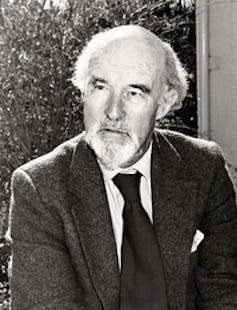Clare Wright’s history of the Bark Petitions is a work of intimate storytelling, written with ‘charismatic authority’
- Written by Timothy Michael Rowse, Emeritus Professor, History, Western Sydney University

Clare Wright’s Näku Dhäruk: The Bark Petitions – subtitled “how the people of Yirrkala changed the course of Australian democracy” – tells a story that is already well known.





